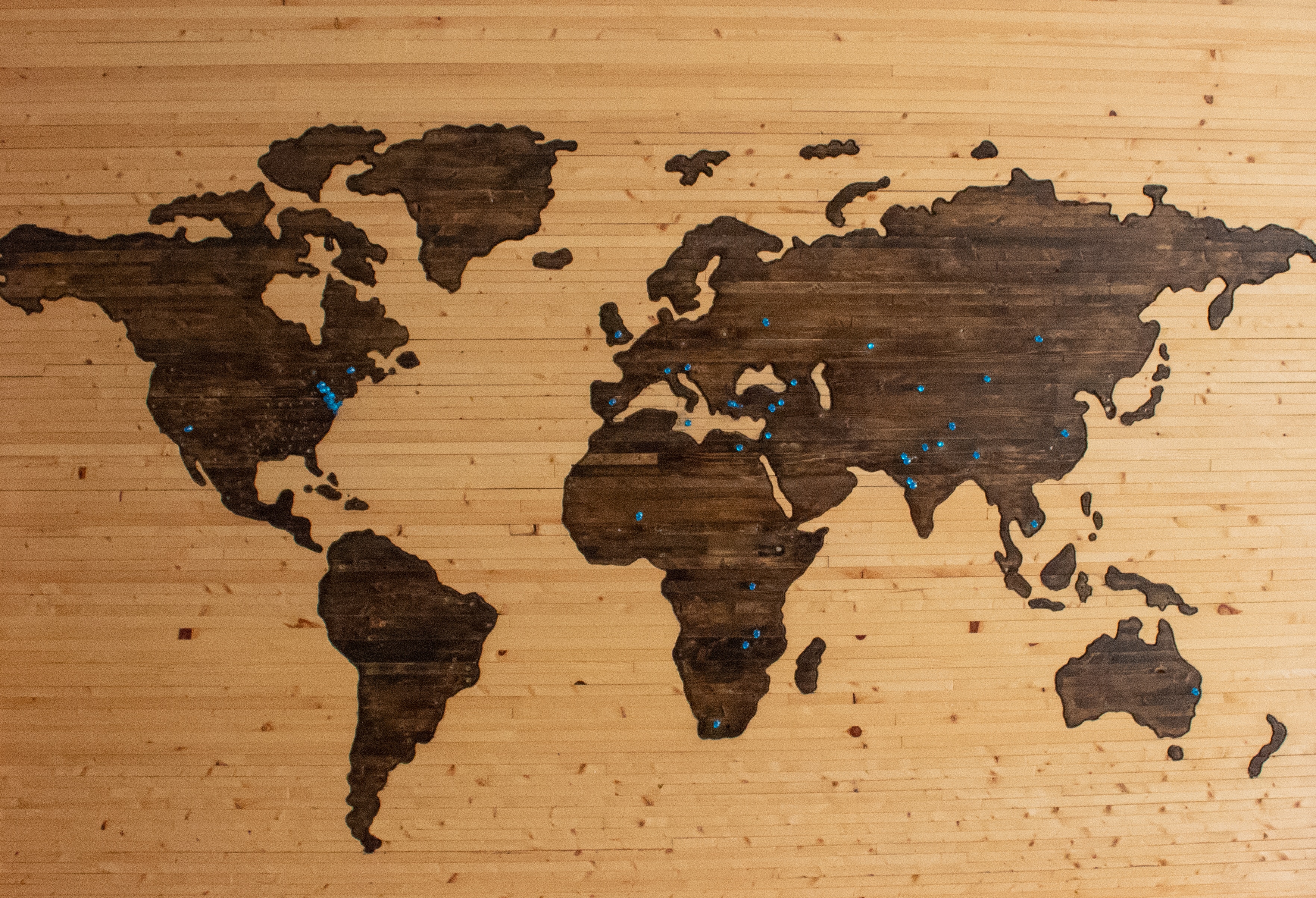How Restaurants Embrace Technology: A Global Perspective
4 Min Read By Mo Chaar
Over the last five to six years, technology has truly revolutionized the restaurant industry. With the introduction of customer-facing POS display systems in 2013, to everything from tableside ordering and kiosks in between, restaurants can now do more than ever before. These newer offerings around the globe have given restaurant operators the ability to leverage data to find new ways to drive profitability and manage their locations, all while developing operational efficiencies.
As new technologies are introduced around the globe, operators everywhere are utilizing them in different ways to best fit the needs and demands in their markets. These advancements have benefited operators in many ways including increased revenues, and the ability to provide more offerings and quicker service to their customers. Here are just a few ways in which restaurants from the United States and the United Kingdom have embraced technology, as well as insights around the industry in Mexico and how it differs across countries.
State of the Industry
In the United States, the restaurant industry faces a lot of challenges in keeping up with the rapid pace of changing consumer behavior. There are heightened consumer expectations around speed of service, speed of payment and ambiance that are making technology a necessity for restaurants. Restaurants that have embraced technology are forcing change on how the industry operates, by making it more imperative for other establishments to keep up and follow suit. The issue, however, is that not every restaurant has the means to do this, so consumer expectation is difficult to manage.

In the United Kingdom, restaurants are interested in kiosks, KDS (kitchen display systems), tableside ordering and online ordering. However, adoption of these tools has been slow for operators in the UK due to the difficult times that the hospitality market is currently facing. One major issue within the industry has been staff shortage due to the looming Brexit. In fact, a survey from YouGovin April 2018 found that one in ten workers working in UK restaurants, catering, bars and hotels were thinking about leaving the UK as a result of Brexit and almost one in five hospitality managers mentioned recruitment of staff being more difficult than the year prior.
Mexico has faced some of its own challenges in the restaurant and hospitality space. Throughout the last several years, the global financial crisis has impacted the country, along with the potential for tariffs and sanctions resulting in rising food and equipment prices. In addition, the introduction of “smoke-free” laws has deterred some consumers from frequenting establishments where they are no longer able to smoke and the rise of street food vendors have added heightened competition for operators.
Adoption of the Latest Restaurant Technology
For the U.S., adoption of online ordering, payment, and loyalty programs have been strong, in an effort to offer convenient and intuitive applications for customers. As mentioned, kiosks, click and collect (allowing customers to order in advance and pick up from the location), tableside ordering and KDS are on everyone’s mind in the UK. This is due in large part to restaurants dealing with decreasing demand, overcrowded casual dining space, increase in takeaway food, labor costs, rent and business rates (taxes), as well as a smaller supply of labor. The hospitality industry is struggling in the UK; therefore, the adoption of new technologies is relatively slow. Due to the potential for rising food and equipment costs in Mexico, this has made extra expenses such as advanced technology and equipment more difficult for operators in the country to commit to financially.
Ways Restaurants Can Improve Technology Implementation
A big challenge for operators in the U.S. has been keeping up with the rapid change of consumer needs and wants. Speed is one of the most important things to customers, along with costs and convenience to the consumer. How restaurants can stay “fast” and “convenient" is an area that will continue to be a focal point within the current climate. Implementing advanced technology will allow operators to create a more streamlined process for customers from ordering to paying to consumption. An additional area operators should focus on is consumer interaction with the waitstaff, and other employees within the restaurant. Pieces such as payment and ordering need to be faster and more convenient for consumers, while still giving them a dining experience they will remember.

In the UK, the trend of decreased patience has been evident as well. Both faster payment and service are key, and technology such as integrated payments and tableside ordering will ultimately help with this. Within Mexico, the rise of street food vendors means that more traditional operators need to cater more to the needs of consumers as it relates to speed, efficiency and cost. Implementing advanced technology can help these establishments provide quality (and efficient) service.
Biggest Barriers to Entry
Barriers to entry are one area where the U.S., UK and Mexico have seen similarities. The biggest barrier to entry is the investment. Beyond the financial components, it’s become increasingly important to demonstrate how POS can save time for operators and assist them with running their overall business. This type of technology typically carries longer-term contracts between the provider and restaurant. With this in mind, operators need to feel secure in their decision to make the upfront investment in POS hardware. However, it’s important to note that by utilizing an end-to-end solution for technology needs that can drive higher revenues and more efficiencies, operators stand to save in the long-term.
Biggest Pain Points for Operators
At the end of the day, for the U.S., this comes back to the investment. Operators understand that the use of POS and additional restaurant technology carries upfront costs. Making the investment comes down to how much they trust the technology to help drive their business.

In the UK, technology will continue to combat issues around increased labor costs, lack of labor and speed of service. The more operators see improvements in these areas through the use of technology, the quicker they will be to implement it within their locations.
For Mexico, operators will need to continue seeing the long-term benefits of technology and how it can help the business long-term. Battling potential cost increases for necessary items such as food and equipment will continue to play a role in conversations surrounding restaurant technology.


